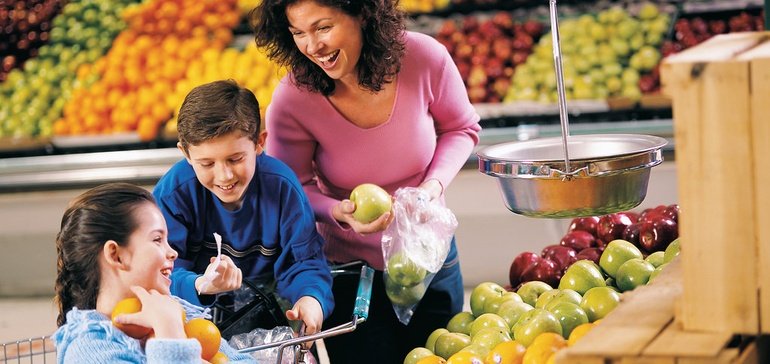Flickr
AUTHOR|Jessica Dumont
Source: www.grocerydive.com, July 2020
Dive Brief:
- About 16% of consumers report making more impulse purchases online as e-commerce adoption continues to climb, according to new research from Magid. The consulting firm found about 7 in 10 shoppers polled in June use online grocery, and about 28% are buying online more now than the previous month.
- The most popular online impulse purchases include snack foods at 42% and ice cream or frozen treats at 38%. Beer (13%) and wine (12%) also ranked in the top 10.
- Magid found consumers were more likely to continue making impulse buys of these items if they were offered a “buy again” option or a list of deals highlighting sale items across product categories.
Dive Insight:
As retailers add features and streamline the online buying experience to benefit a growing number of shoppers, they can better address how to capture impulse buys, which are essential to driving bigger baskets among shoppers.
According to data from Acosta, about 95% of in-person shoppers buy something that’s not on their list, while just 67% of online shoppers do. This indicates an opportunity for retailers to motivate more impulse buys with new features and personalization on their sites or apps that will encourage impulse purchasing.
As noted in Magid’s data, that could mean a “buy again” button, or it could be a new section on a website that acts as a virtual checkstand, which is often where impulse buys take place. A variety of digital solutions, from shoppable recipes to product recommendations, can all enhance the impulse buy.
Retailers are hard at work figuring out what will drive the impulse buy. Ahold Delhaize, for example, has a feature on Peapod called Order Genius, which analyzes past online purchases and recommends a personalized list of items for each shopper — an ideal spot to add some impulse items. The shopper can then choose what to add to their cart.
Albertsons lists a row of “featured items” when users log in to shop online, which includes ads for candy and other sale items, while Kroger’s site features “top picks” including seasonal items and sale items that would drive impulse purchases.
Grocers have been grappling with online impulse purchases for a while now, after decades of relying on physical front-end displays to drive purchases of candy, snacks and other items. Growing engagement with online grocery during the pandemic has added urgency to this mission for retailers.
In a previous interview with Grocery Dive, Gary Hawkins, CEO of the Center for Advancing Retail and Technology, said that while a few retailers are moving toward trying to find the digital alternative to impulse buys, most are still just offering transactional e-commerce.
Follow Jessica Dumont on Twitter

